India Reels from U.S. 50% Tariffs, Turns to EU and U.K. FTAs for Relief
Input
Changed
“Losses from U.S. tariffs offset by U.K. deal”
Talks with EU accelerate as market diversification nears
Signals shift toward new economic blocs, away from Washington
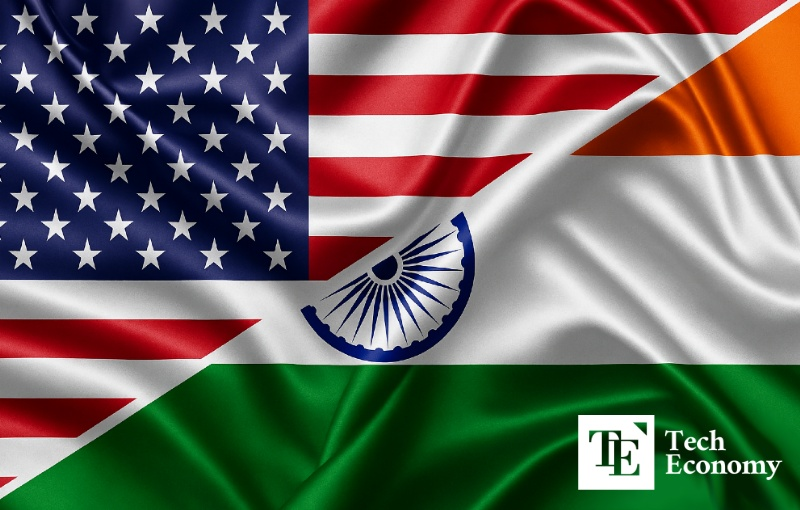
The Trump administration’s decision to impose a steep 50% tariff on Indian exports has dealt a heavy blow, prompting New Delhi to push forward with new trade alignments. Following the conclusion of a free trade agreement (FTA) with the United Kingdom, India has advanced negotiations with the European Union, making progress on more than 40% of the agenda. The moves reflect a broader strategy to reduce reliance on the United States while using market diversification and diplomacy to secure long-term leverage.
Can exports avoid a full stop?
According to a September 1 report from Indian ratings agency CareEdge Ratings, the newly concluded India-U.K. FTA is expected to trigger a surge in exports of Indian apparel to Britain. The study suggests the increase could significantly offset the losses India’s textile sector faces under Washington’s punitive tariff regime. The U.K. apparel import market was valued at USD 23 billion last year.
The Trump administration’s 50% tariff, enacted on August 27, has been devastating for Indian exporters. Washington added an extra 25% duty on Indian goods to the existing 25% reciprocal tariff, tying it to sanctions on Russian oil imports. As a result, Indian apparel is now 20–30% more expensive than competing products from China and Southeast Asia. Many U.S. buyers have frozen orders, spreading alarm across India’s textile industry. Chandrima Chatterjee, secretary general of the Confederation of Indian Textile Industry, lamented, “The U.S. was not only our largest export market but also our biggest supplier of cotton.”
For India’s apparel industry, the U.K. trade deal is more than a substitute—it is a lifeline. CareEdge Ratings called the pact a potential “game changer,” noting that with tariff barriers dismantled, Indian goods could quickly gain market share. The firm also highlighted that New Delhi’s decision to exempt cotton imports from duties until year-end would help cut costs.
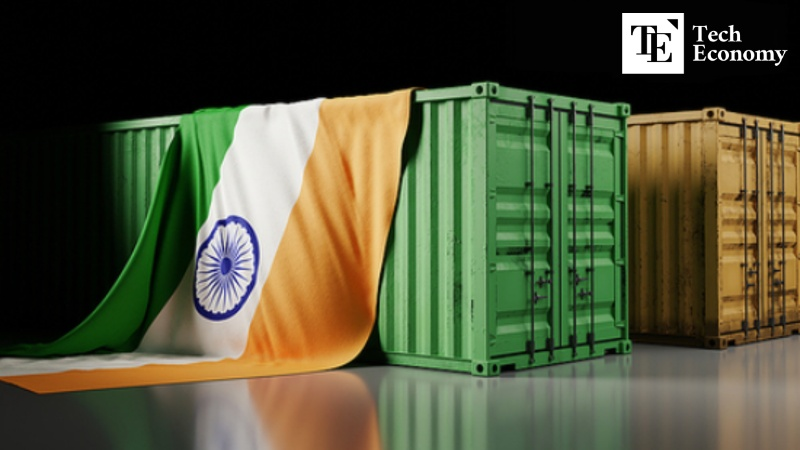
FTA talks with EU already 40% complete
The report also pointed out that India is pressing ahead with FTA negotiations with the European Union, aiming for a year-end conclusion. Analysts say a deal with Brussels could further cushion losses from the U.S. market. The Financial Times reported in June that of the 20 negotiating chapters, eight—covering less contentious issues such as rules of origin and intellectual property—have already been agreed upon.
Negotiators have also made progress on customs and other technical areas. The EU has accepted India’s demand to exclude sensitive farm products such as dairy and rice from the agreement, prompting New Delhi to accelerate talks toward a year-end settlement. Observers see this as a coordinated response to offset the shock of U.S. tariffs.
Having already secured tariff reductions in areas such as liquor, autos, textiles, and manufactured goods through the U.K. deal, India now aims to build a similar framework with the EU. For Brussels, the stakes are high. If India tilts trade flows toward Britain, multinational firms based in India could shift their European hubs to London. The Financial Times said the India-EU negotiations could mark a turning point in calming global market jitters sparked by Washington’s tariff offensive.
India distances itself from Washington’s camp
India’s refusal to make concessions in the face of U.S. tariff pressure reflects confidence in its own countermeasures. Rahul Gandhi, leader of the opposition Congress Party, denounced the U.S. move as “Trump’s economic blackmail,” while Prime Minister Narendra Modi vowed never to sacrifice the interests of farmers, fishers, or livestock producers.
Still, the damage is significant. Morgan Stanley estimates that applying a 50% tariff across all Indian exports to the U.S. could cost India USD 23 billion—about 0.6% of GDP. The State Bank of India likewise projects losses of USD 20 billion if India were to open its market to U.S. dairy products, with most of the burden falling on farmers.
Yet New Delhi argues that its robust domestic economy provides a buffer. With more than 60% of GDP generated by domestic consumption, officials insist the broader market will remain resilient. One government source said India will seek a “mutually beneficial solution” with the U.S. but is also considering options such as filing a WTO complaint or pursuing joint responses with other nations.
In line with this, Prime Minister Modi recently discussed a coordinated approach with Brazilian President Luiz Inácio Lula da Silva, and India has reinforced talks on BRICS cooperation with China and others. Such steps suggest India and other nations may form new economic blocs to counter U.S. pressure. Long seen as a key ally in Washington’s containment strategy against China, India is now increasingly being viewed as drifting halfway into the opposing camp.

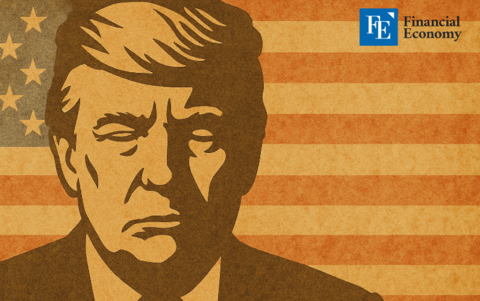

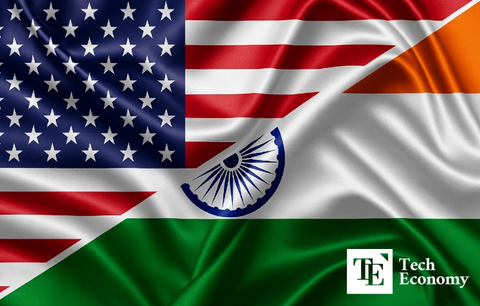
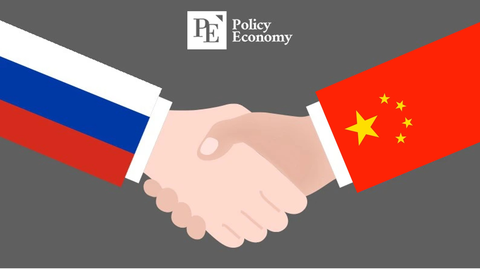
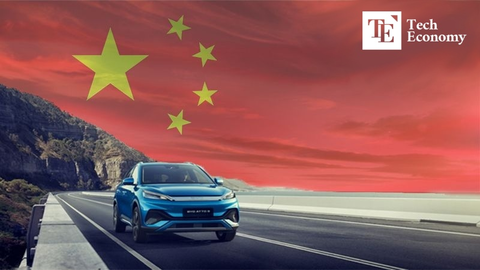

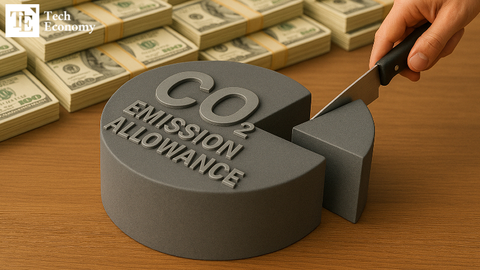














Comment